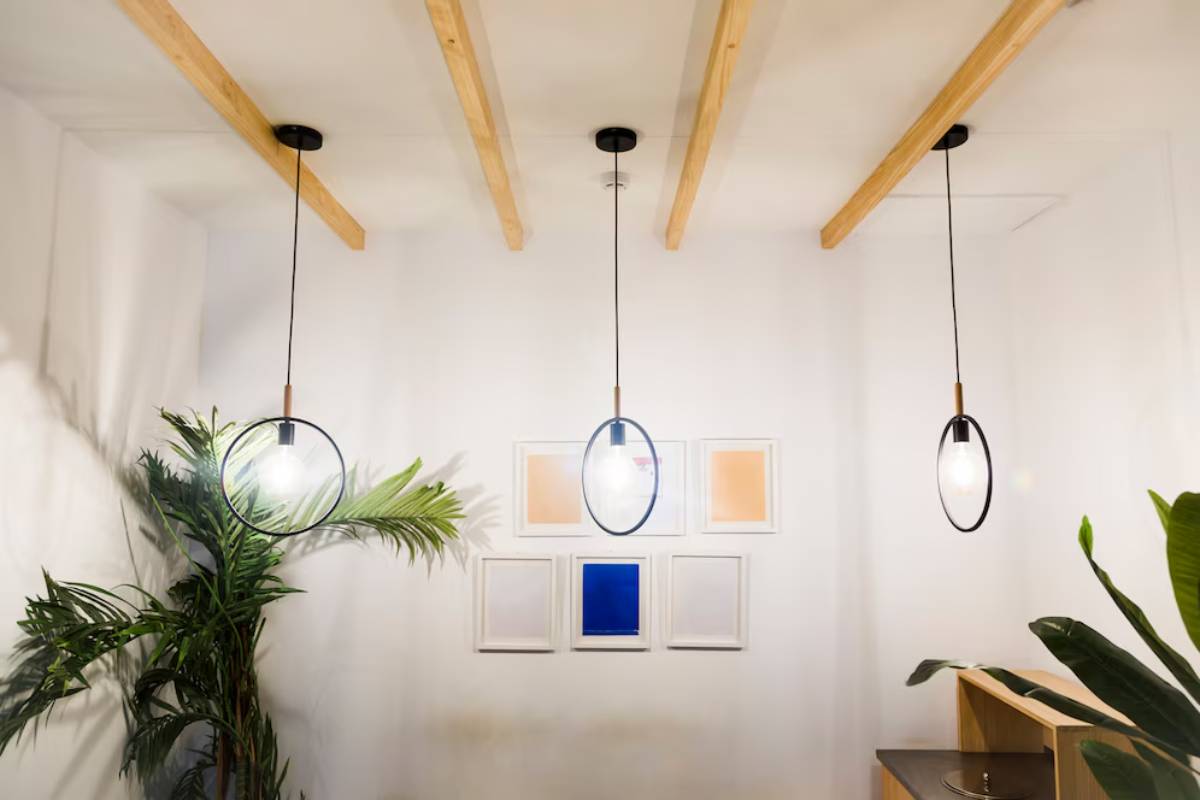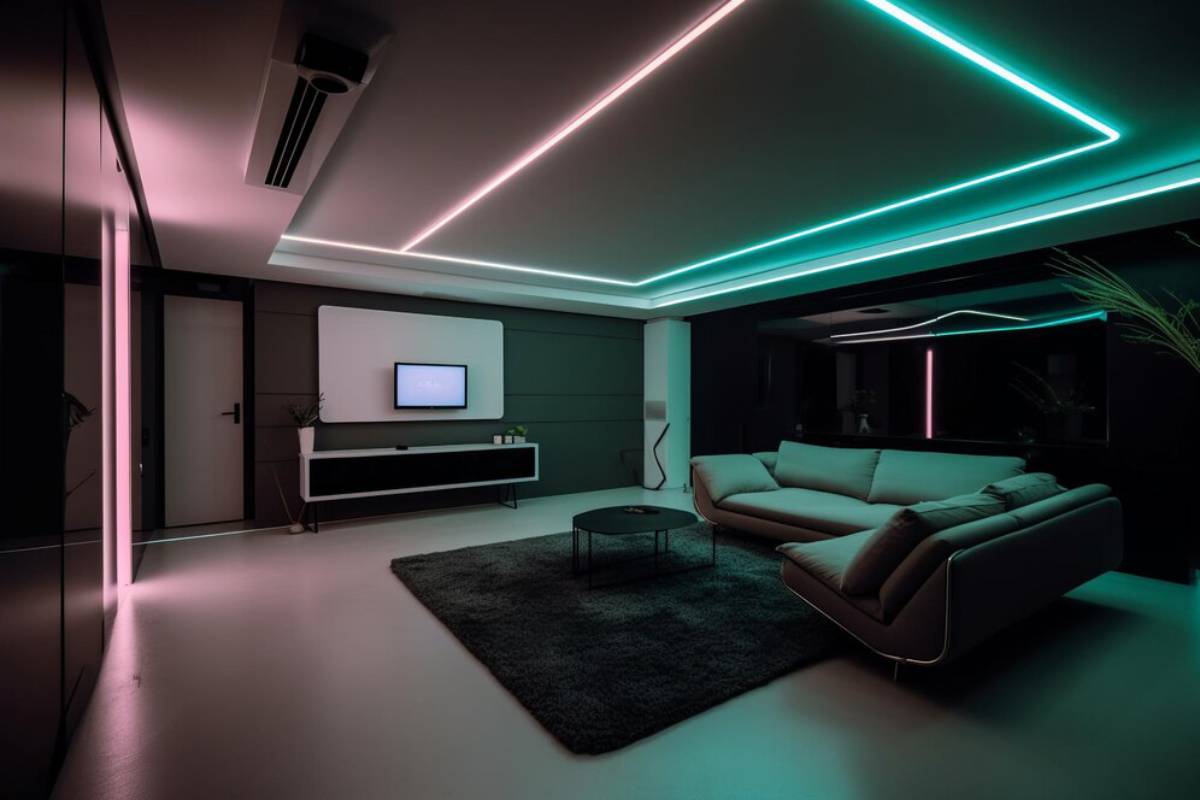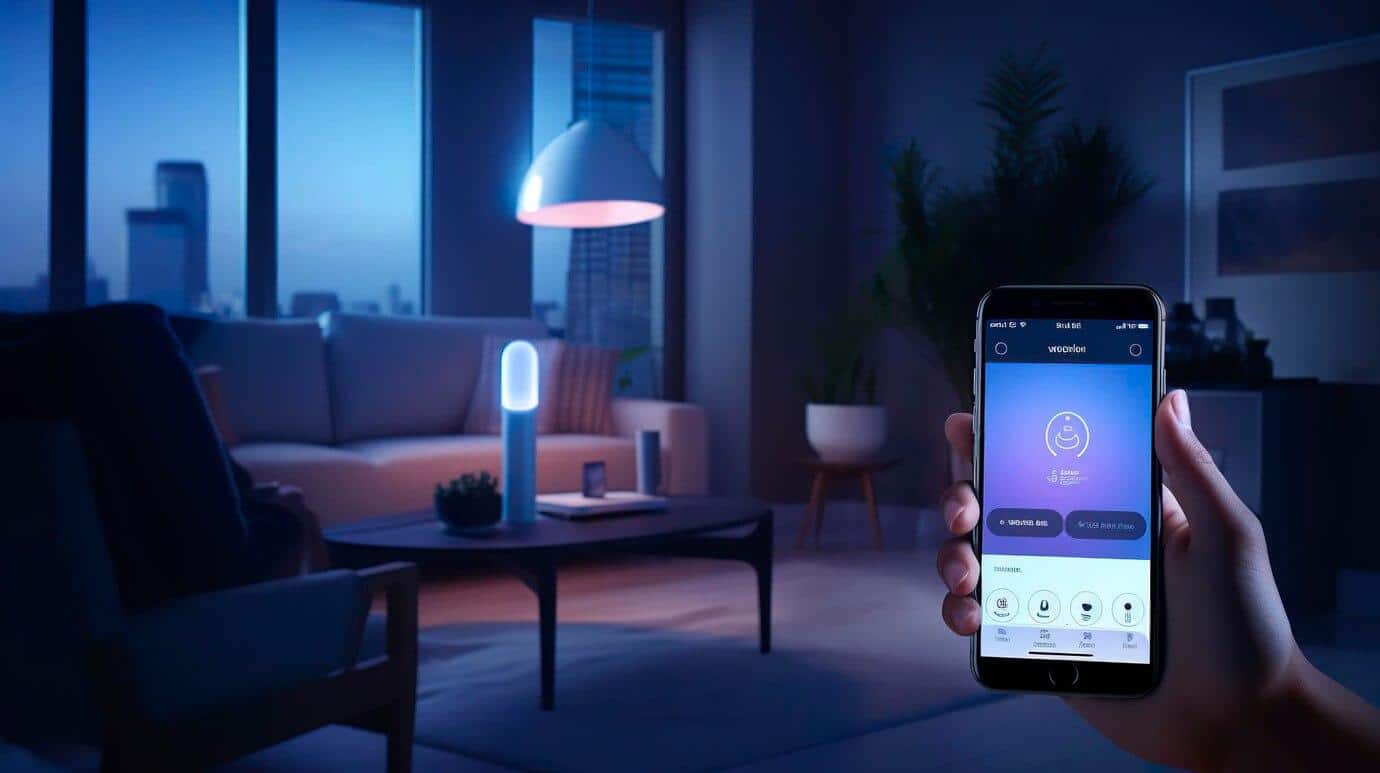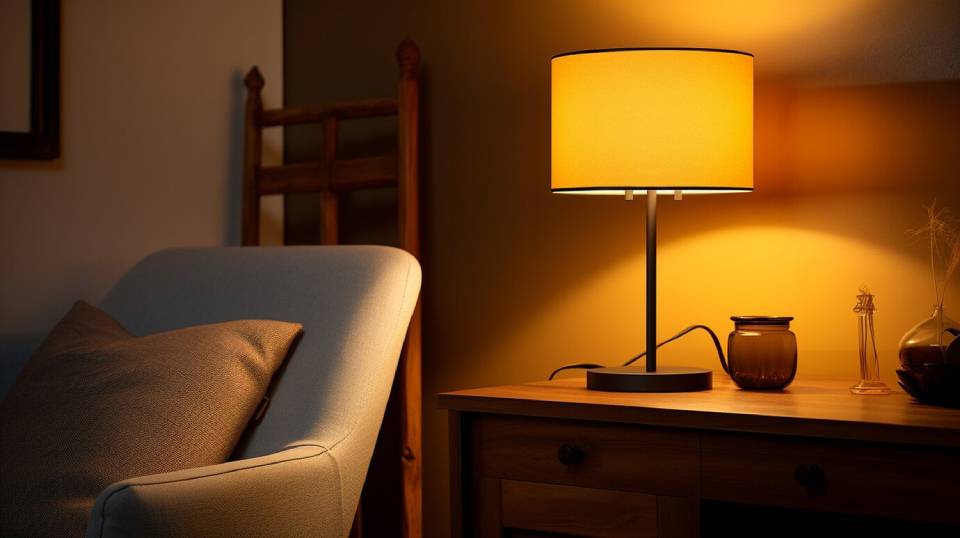
Understanding Light Layers: Ambient, Task, and Accent in Tight Spaces
Have you ever walked into a room that immediately felt inviting, comfortable, and beautifully put together? Chances are, it wasn’t just the furniture or the décor — it was the lighting. In smaller homes or apartments, mastering layered lighting is not just an option; it’s essential.
In this guide, you’ll uncover how to strategically use ambient, task, and accent lighting to create the perfect atmosphere and functionality for small space illumination. Whether you’re setting up a cosy studio or refreshing a tight living area, this article will equip you with practical smart home lighting ideas you can start applying today.
Ready to light up your world the right way? Let’s jump in!
What is Layered Lighting and Why Does It Matter?
Lighting isn’t just about seeing clearly. It’s about feeling good in a space. Layered lighting means using different types of light sources together to build depth, dimension, and flexibility.
Benefits of layered lighting:
- Enhanced Functionality: Lights for every task and mood.
- Increased Perception of Space: A must for small flats and rooms.
- Aesthetic Appeal: Makes a room feel thoughtfully designed and welcoming.
Did you know? According to the Illuminating Engineering Society, properly layered lighting can increase perceived room size by up to 40%.
The Three Essential Layers of Light
Mastering these three layers can completely transform how your space feels and functions.
Ambient Lighting: Setting the Overall Tone
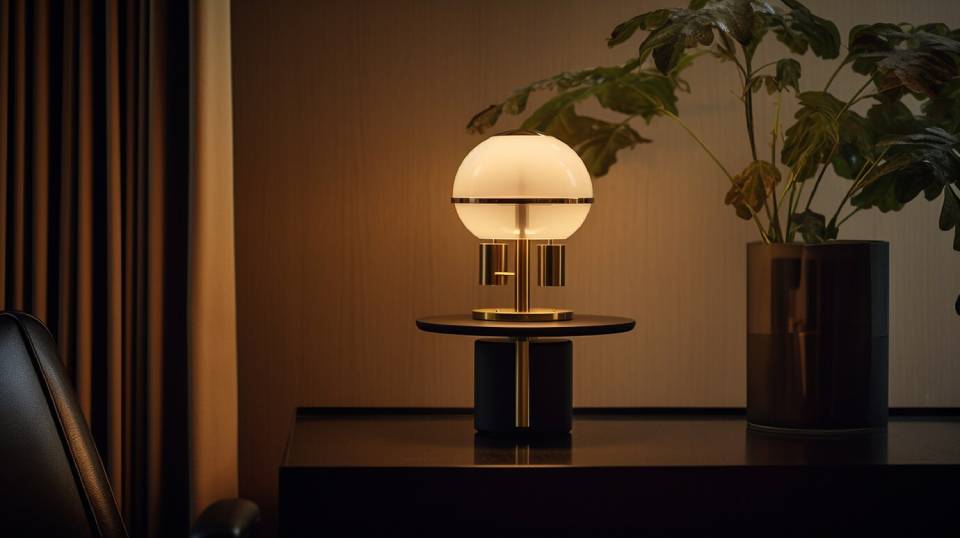
Definition: The general light that fills a room, providing uniform illumination.
Examples of ambient lighting:
- Ceiling-mounted fixtures
- Recessed lights
- Floor lamps
- Smart ceiling fans with integrated lights
Smart Tips:
- Opt for smart bulbs that allow you to adjust brightness and colour temperature.
- Avoid harsh single-point lighting; aim for an even, diffused glow.
Task Lighting: Illuminating Specific Activities
Definition: Focused light that helps you perform specific activities like reading, cooking, or working.
Examples of task lighting:
- Desk lamps
- Under-cabinet lights
- Bedside reading lights
Smart Tips:
- Use adjustable or directional fixtures.
- Choose cool white lights for better concentration in workspaces.
Helpful Read: Check out our article on Best Smart Wall Lights for Tiny Rooms to find perfect task lights for small spaces.
Accent Lighting: Adding the Finishing Touch
Definition: Decorative lighting that highlights features and creates visual interest.
Examples of accent lighting:
- Picture lights
- LED strip lights
- Spotlights
Smart Tips:
- Use accent lights to highlight shelves, artwork, or architectural features.
- Experiment with colour-changing LEDs to create different moods.
How to Plan Layered Lighting in Small Spaces
Planning is everything when you’re dealing with compact areas. Here’s a simple framework:
Step 1: Assess Your Space and Activities
Ask yourself:
- Where do you read, cook, work, relax?
- Which areas feel too dark or too bright?
Action Tip: Sketch a simple floor plan and mark areas needing ambient, task, or accent lighting.
Step 2: Prioritise Smart, Multifunctional Fixtures
In tight spaces, every item must earn its keep:
- Choose lights that serve multiple roles.
- Invest in smart bulbs you can programme for different times and moods.
Step 3: Layer Strategically
Place lights at different heights and locations to avoid “flat” lighting:
- Ceiling lights (ambient)
- Table and floor lamps (task)
- Wall sconces or shelf lighting (accent)
Smart Home Lighting Solutions for Small Spaces
Modern smart lighting technology offers incredible flexibility, especially for flats and studios.
Benefits of Smart Home Lighting
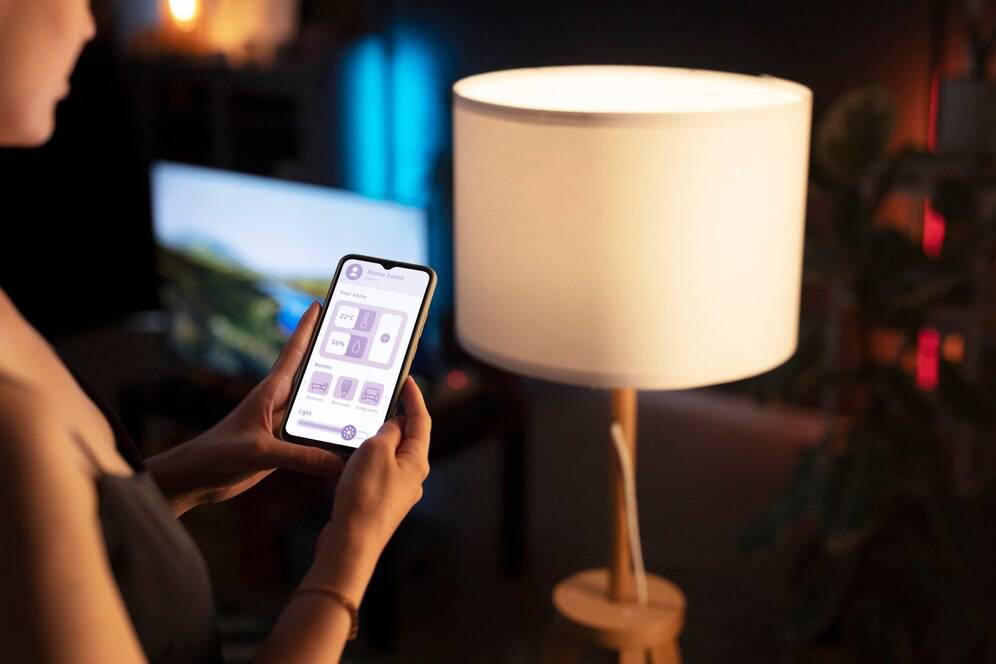
- Space-saving: Wireless controls eliminate clutter.
- Energy-efficient: Smart bulbs often last longer and use less electricity.
- Customisable: Change colours, brightness, and timing based on needs.
Popular Smart Brands:
- Philips Hue
- LIFX
- TP-Link Kasa
- Nanoleaf
Clever Small Space Illumination Ideas
- Install smart light strips along shelves or under cabinets.
- Use voice control to operate lights without adding extra switches.
- Create “lighting scenes” for different times of day (e.g., morning energise, evening relax).
Pro Tip: Learn how to zone small spaces effectively with How to Zone Your Studio Apartment Using Lighting.
Common Layered Lighting Mistakes to Avoid
Even with the best intentions, it’s easy to misstep. Steer clear of:
- Relying solely on overhead lighting: It flattens the room and emphasises its smallness.
- Mismatched colour temperatures: Warm and cool tones clashing can feel disjointed.
- Ignoring corners: Leaving areas unlit makes a room seem smaller.
Real-Life Inspiration: Small Apartment Lighting Success Stories
Case Study 1: Studio Apartment in London
Emma transformed her 35m² studio by layering warm ambient ceiling lights with adjustable task lamps and colourful LED accents.
“It made my tiny flat feel twice as big and much more inviting.” – Emma
Case Study 2: Compact Flat in Manchester
James used smart plugs and voice-controlled bulbs to automate his lighting scenes, saving both space and energy.
“I never thought tech would make such a cosy impact!” – James
Light the Way: Your Small Space Lighting Game Plan
Mastering layered lighting is a game-changer, especially for small homes. By blending ambient, task, and accent lighting, you create a living space that feels larger, warmer, and far more functional. Add in smart home lighting options, and you’ve got full control over your apartment’s vibe at the tap of a button.
Don’t underestimate the power of good lighting. It’s not just a detail — it’s a design foundation.
Feeling inspired? Why not start today by reassessing one room and introducing a new layer of light? We’d love to hear about your transformation journey. Drop a comment below, share your experience, and don’t forget to subscribe for more expert small space illumination tips!
